#lotr ladies
Text

the shieldmaiden 💛⚔️
#tolkien#lord of the rings#lotr#legendarium ladies#lotr ladies#eowyn#art#fanart#lotr fanart#my art#merilles
237 notes
·
View notes
Text

all RIGHT:
Why You're Writing Medieval (and Medieval-Coded) Women Wrong: A RANT
(Or, For the Love of God, People, Stop Pretending Victorian Style Gender Roles Applied to All of History)
This is a problem I see alllll over the place - I'll be reading a medieval-coded book and the women will be told they aren't allowed to fight or learn or work, that they are only supposed to get married, keep house and have babies, &c &c.
If I point this out ppl will be like "yes but there was misogyny back then! women were treated terribly!" and OK. Stop right there.
By & large, what we as a culture think of as misogyny & patriarchy is the expression prevalent in Victorian times - not medieval. (And NO, this is not me blaming Victorians for their theme park version of "medieval history". This is me blaming 21st century people for being ignorant & refusing to do their homework).
Yes, there was misogyny in medieval times, but 1) in many ways it was actually markedly less severe than Victorian misogyny, tyvm - and 2) it was of a quite different type. (Disclaimer: I am speaking specifically of Frankish, Western European medieval women rather than those in other parts of the world. This applies to a lesser extent in Byzantium and I am still learning about women in the medieval Islamic world.)
So, here are the 2 vital things to remember about women when writing medieval or medieval-coded societies
FIRST. Where in Victorian times the primary axes of prejudice were gender and race - so that a male labourer had more rights than a female of the higher classes, and a middle class white man would be treated with more respect than an African or Indian dignitary - In medieval times, the primary axis of prejudice was, overwhelmingly, class. Thus, Frankish crusader knights arguably felt more solidarity with their Muslim opponents of knightly status, than they did their own peasants. Faith and age were also medieval axes of prejudice - children and young people were exploited ruthlessly, sent into war or marriage at 15 (boys) or 12 (girls). Gender was less important.
What this meant was that a medieval woman could expect - indeed demand - to be treated more or less the same way the men of her class were. Where no ancient legal obstacle existed, such as Salic law, a king's daughter could and did expect to rule, even after marriage.
Women of the knightly class could & did arm & fight - something that required a MASSIVE outlay of money, which was obviously at their discretion & disposal. See: Sichelgaita, Isabel de Conches, the unnamed women fighting in armour as knights during the Third Crusade, as recorded by Muslim chroniclers.
Tolkien's Eowyn is a great example of this medieval attitude to class trumping race: complaining that she's being told not to fight, she stresses her class: "I am of the house of Eorl & not a serving woman". She claims her rights, not as a woman, but as a member of the warrior class and the ruling family. Similarly in Renaissance Venice a doge protested the practice which saw 80% of noble women locked into convents for life: if these had been men they would have been "born to command & govern the world". Their class ought to have exempted them from discrimination on the basis of sex.
So, tip #1 for writing medieval women: remember that their class always outweighed their gender. They might be subordinate to the men within their own class, but not to those below.
SECOND. Whereas Victorians saw women's highest calling as marriage & children - the "angel in the house" ennobling & improving their men on a spiritual but rarely practical level - Medievals by contrast prized virginity/celibacy above marriage, seeing it as a way for women to transcend their sex. Often as nuns, saints, mystics; sometimes as warriors, queens, & ladies; always as businesswomen & merchants, women could & did forge their own paths in life
When Elizabeth I claimed to have "the heart & stomach of a king" & adopted the persona of the virgin queen, this was the norm she appealed to. Women could do things; they just had to prove they were Not Like Other Girls. By Elizabeth's time things were already changing: it was the Reformation that switched the ideal to marriage, & the Enlightenment that divorced femininity from reason, aggression & public life.
For more on this topic, read Katherine Hager's article "Endowed With Manly Courage: Medieval Perceptions of Women in Combat" on women who transcended gender to occupy a liminal space as warrior/virgin/saint.
So, tip #2: remember that for medieval women, wife and mother wasn't the ideal, virgin saint was the ideal. By proving yourself "not like other girls" you could gain significant autonomy & freedom.
Finally a bonus tip: if writing about medieval women, be sure to read writing on women's issues from the time so as to understand the terms in which these women spoke about & defended their ambitions. Start with Christine de Pisan.
I learned all this doing the reading for WATCHERS OF OUTREMER, my series of historical fantasy novels set in the medieval crusader states, which were dominated by strong medieval women! Book 5, THE HOUSE OF MOURNING (forthcoming 2023) will focus, to a greater extent than any other novel I've ever yet read or written, on the experience of women during the crusades - as warriors, captives, and political leaders. I can't wait to share it with you all!
#watchers of outremer#medieval history#the lady of kingdoms#the house of mourning#writing#writing fantasy#female characters#medieval women#eowyn#the lord of the rings#lotr#history#historical fiction#fantasy#writing tip#writing advice
29K notes
·
View notes
Text

I promise...
#and they never kept their promises#sorry for the angst#needed to get this out of my system#thorin oakenshield#lady dis#dis durin#kili and fili#kili durin#fili durin#durins#the line of durin#the hobbit#the battle of the five armies#botfa#tolkien#lotr#fanart#comic#my art#verkomy#verkomy 2024#procreate
3K notes
·
View notes
Text
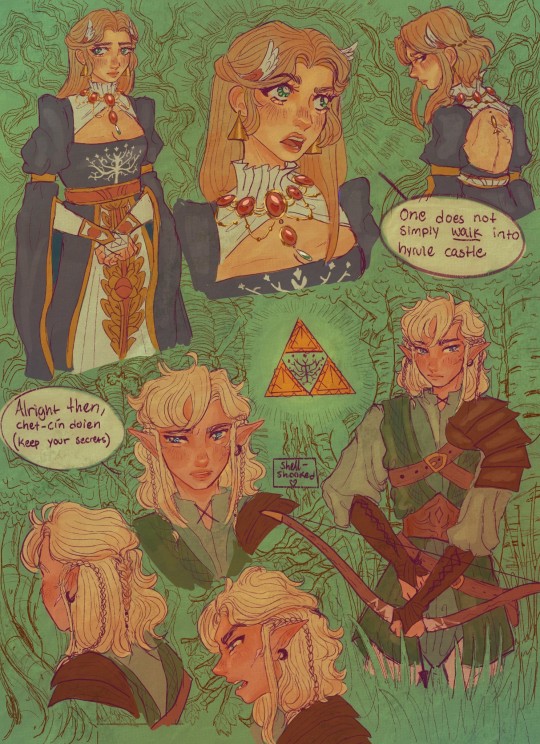
so about that lotr x zelda au...
#basic explanation zelda is lady of gondor daughter of the steward and link is a mirkwood elf#proper character profiles are in my ig and twt if you wish to know more!!#my art#tloz#the legend of zelda#zelink#loz#zelda#link#tloz fanart#breath of the wild#botw#totk#tears of the kingdom#the lord of the rings#fellowship of the ring#lotr#lotr fanart#lord of the rings fanart#zelda fanart#link fanart#zelink fanart#botw zelda#botw link#totk zelda#totk link
5K notes
·
View notes
Text
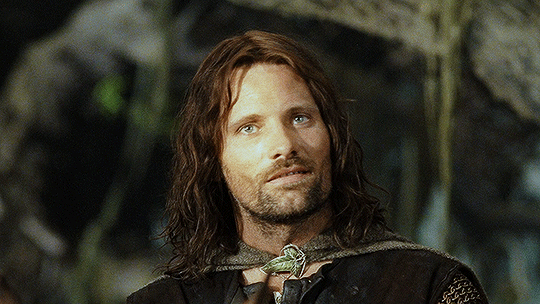

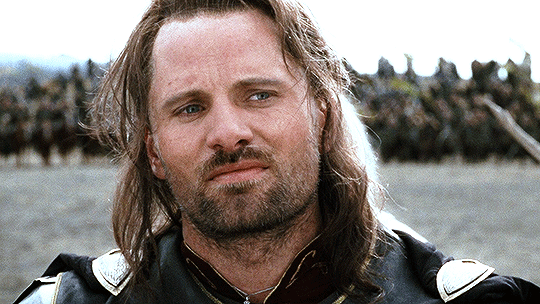

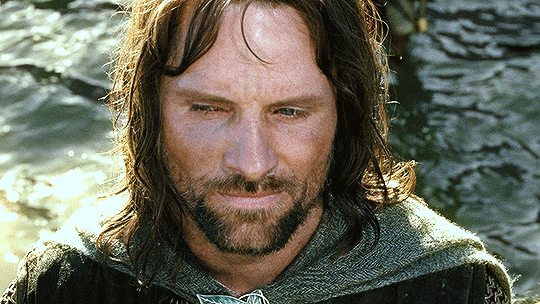
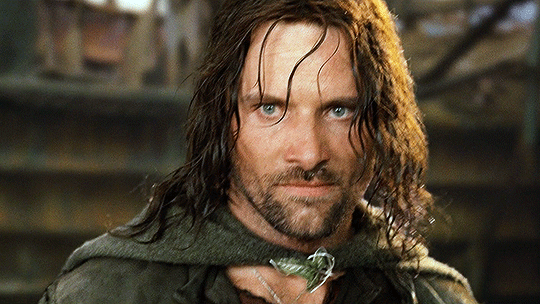

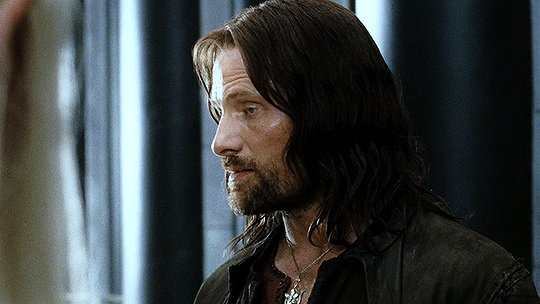


VIGGO MORTENSEN
as Aragorn, in The Lord of the Rings: The Return of the King (2003)
#tolkienedit#filmedit#lotredit#tolkiensource#lotrgifs#userconstance#userlenny#usersugar#filmgifs#moviegifs#adaptationsdaily#viggo mortensen#rotk#lotr#aragorn son of arathorn#*julie from lady bird voice* THE TITULAR ROLE#this is why he's forgiven for doing green book. on thin ice but forgiven.#anyway#the way i was supposed to get my narsil tattoo and ended up breaking my arm on that exact same spot 🤡#but if he can wait to get that silly little sword then so can i i guess
2K notes
·
View notes
Text
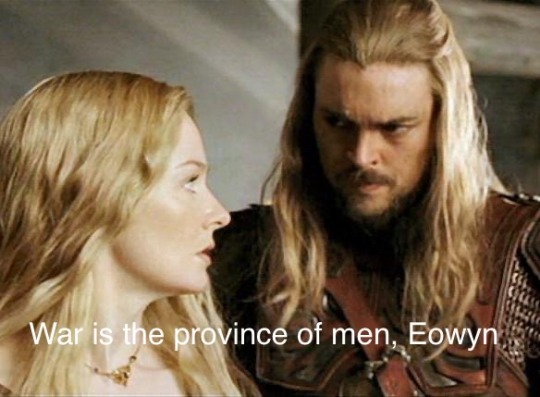
The vast majority of Eomer’s “Men”:
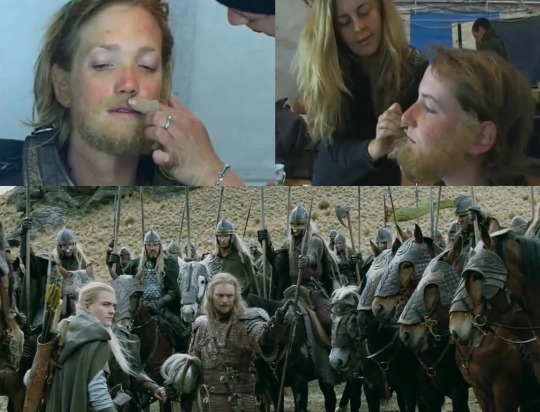
My headcanon is that due to the rural nature of Rohan and its overall decline, a huge number of the Rohirrim were actually women in disguise, not just Eowyn. And that it was an open secret that only the royal line didn’t know about that local lords fielded women riders to bolster their dwindling numbers
#tribute to the horse girls that made LOTR possible#it also explains why Eowyn was able to hide so easily#half the riders were just ladies who thought her disguise game was weak#the other half were dudes who were just used to fighting alongside ladies in drag#the nobles were just idiots lol#lotr#Rohan#eomer of rohan#eowyn of rohan
704 notes
·
View notes
Text

#woman yelling at cat#lady yelling at cat meme#lotr#lotr memes#lord of the rings#lord of the rings memes#lord of the rings post#lotr post#aragorn#legolas#the fellowship of the ring#the fellowship of the ring memes#the two towers meme#the two towers#the return of the king memes#the return of the king#legolas memes#aragorn memes#tumblr memes#tolkien#tolkien memes#j r r tolkien#lotr trilogy#lotr films#the two towers memes#meme#memes#theoden#elrond#gimli
1K notes
·
View notes
Text
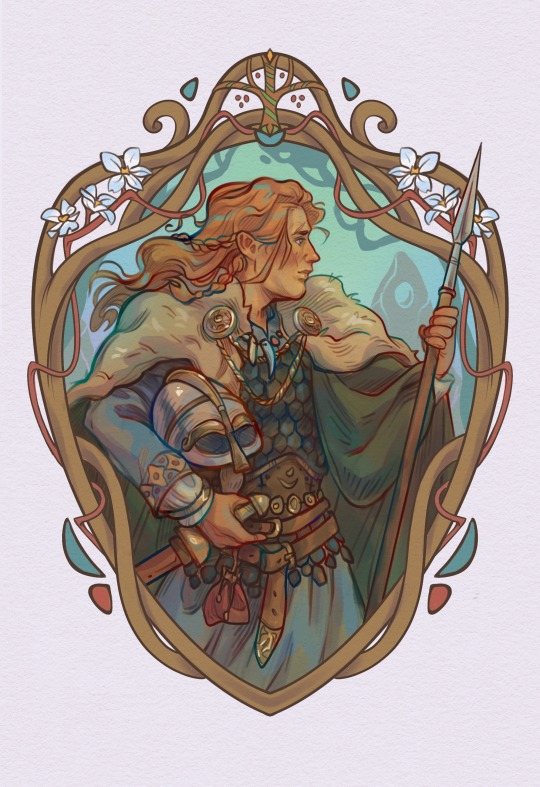
Back to six fanarts! Lady Haleth
@randomnue
#silmarillion#the silm#silm art#silmarillion fanart#tolkien#tolkien fanart#lotr#haleth#lady haleth#edain#six fanarts
519 notes
·
View notes
Text
Tolkien in the 30s: the elves have beautiful long hair regardless of gender even tho a man having long hair in the 30s would be seen as an egregious sign of gender noncomformity at best
Amazon rn: boy elves have short hair girl elves have long hair because this adaptation is about girlboss galadriel
#lotr#rings of power#That is not to even touch on the missing bearded lady dwarfs#Not to be a Tolkien purist but if the man spends thousand of words describing the practices and cultures and food and history of a setting#Maybe#That has something to say#Maybe the curtains are blue for a reason#Maybe the elves have long hair for REASON and taking that away for???? Literally nothing is shit#Like what is rop saying with its short hair elves??? Nothing they are saying nothing
9K notes
·
View notes
Text

Lady Galadriel, 02.2024
My favorite overpowered, scary, tall elf. Women, am I right?
#lady galadriel#galadriel#lord of the rings#lotr#the hobbit#the rings of power#art#traditional art#artists on tumblr#lotr art#tolkien#i could take her#not in a fight#celeborn hide for i have come for your wife
416 notes
·
View notes
Text
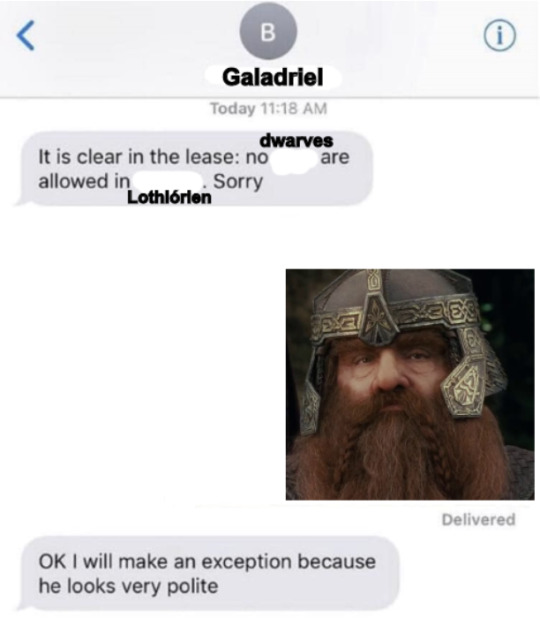
So I finished Fellowship
#tfotr#lotr#lord of the rings#the fellowship of the ring#gimli#gimli son of gloin#galadriel#lady galadriel#tolkien#lothlórien#lothlorien#i know it didn't exactly happen like this
690 notes
·
View notes
Text
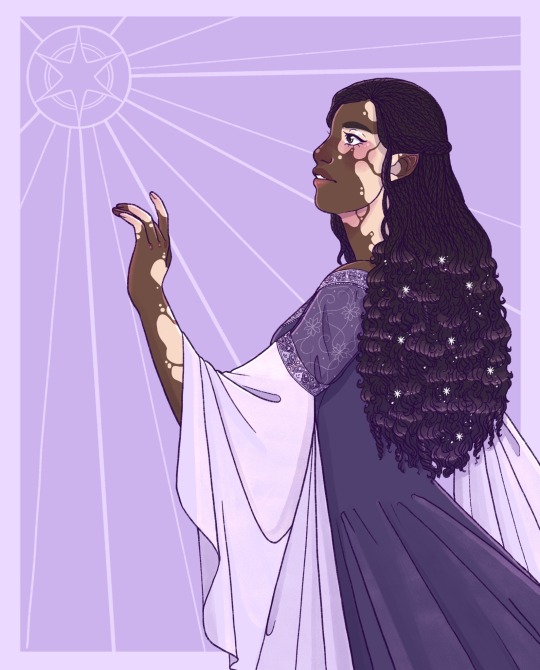
the evenstar 💜💫
#tolkien#lord of the rings#lotr#legendarium ladies#lotr ladies#arwen#art#fanart#lotr fanart#my art#merilles
160 notes
·
View notes
Text
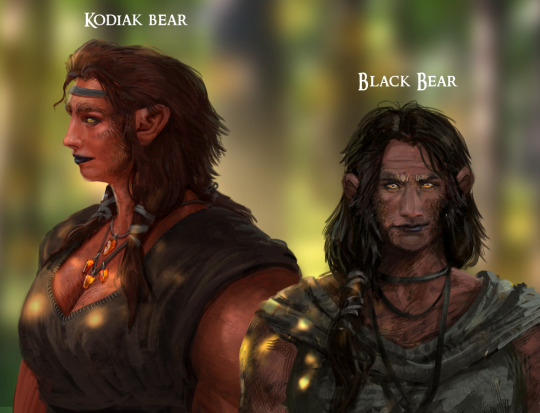
Bear women from Middle Earth
#beorning#beornings#beorning women#my art#the hobbit#tolkien#lotr#the lord of the rings#lord of the rings#the silmarillion#middle earth#jrr tolkien#tolkien fanart#skin-changers#western beornings#GIANT BEAR LADIES#yeee
503 notes
·
View notes
Photo

thorin is great but have you heard about his sister
#inspired by eva green cause she's gorgeous#lady dis#princess dis#dis durin#the line of durin#durin's folk#durins#the hobbit#lotr#tolkien#fanart#my art#verkomy 2022#verkomy 2023#procreate
2K notes
·
View notes
Text
666 notes
·
View notes
Text

Lady Galadriel in night lights
#galadriel#lady galadriel#tolkien#tolkien fanart#lord of the rings#lotr#lotr fanart#middle earth#the silmarillion#tolkien art#fantasy art#fantasy#elf#elf queen#book ilustration#the hobbit#digital art#drawing#my art#artist on tumblr
347 notes
·
View notes